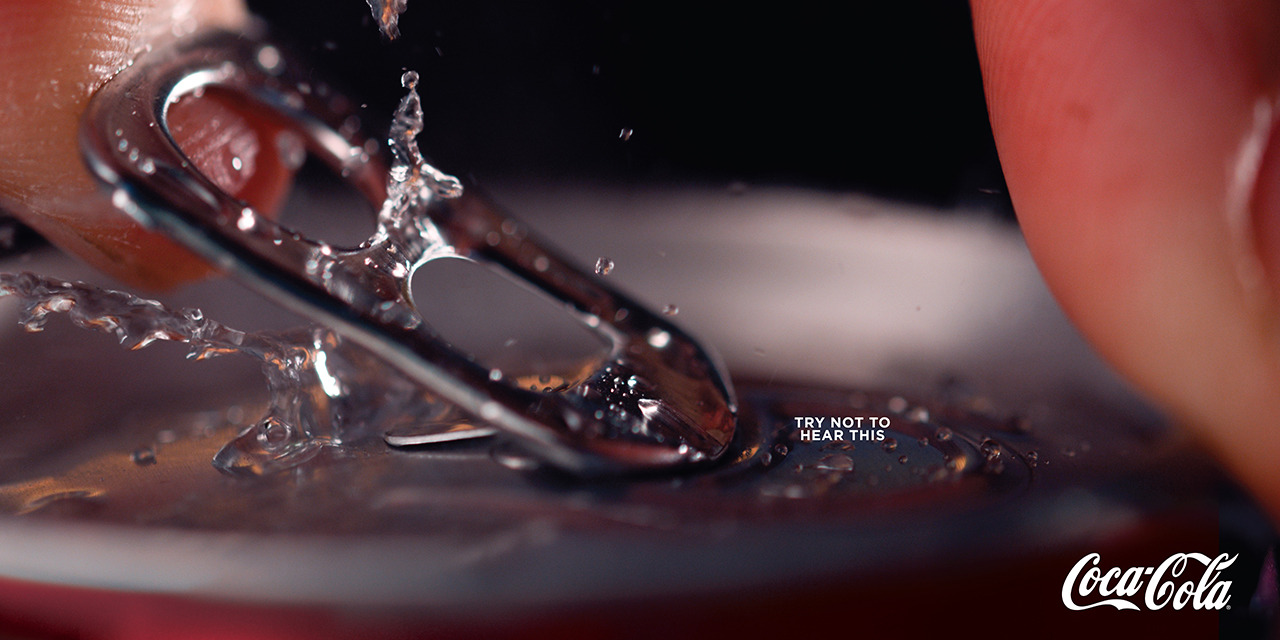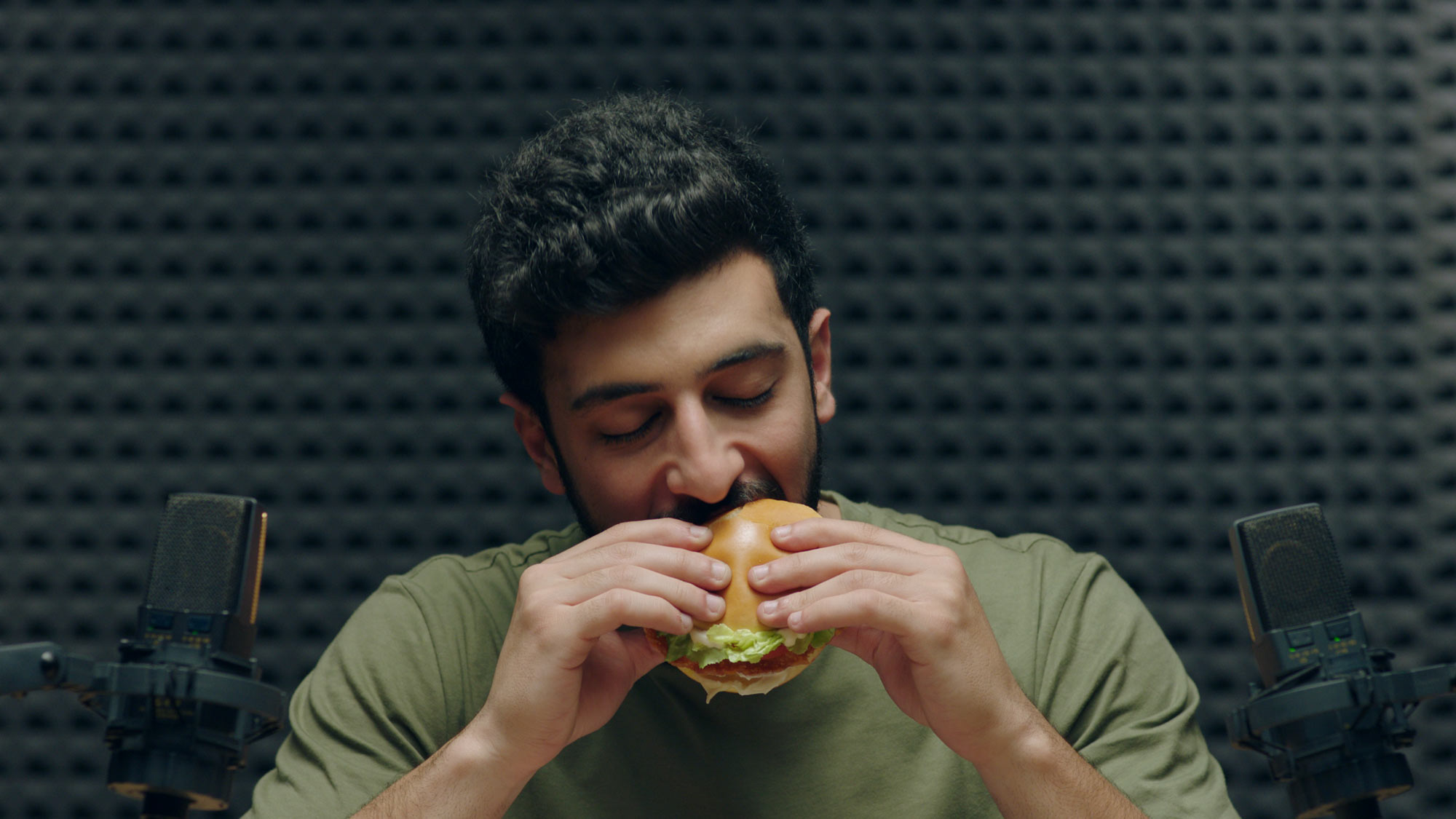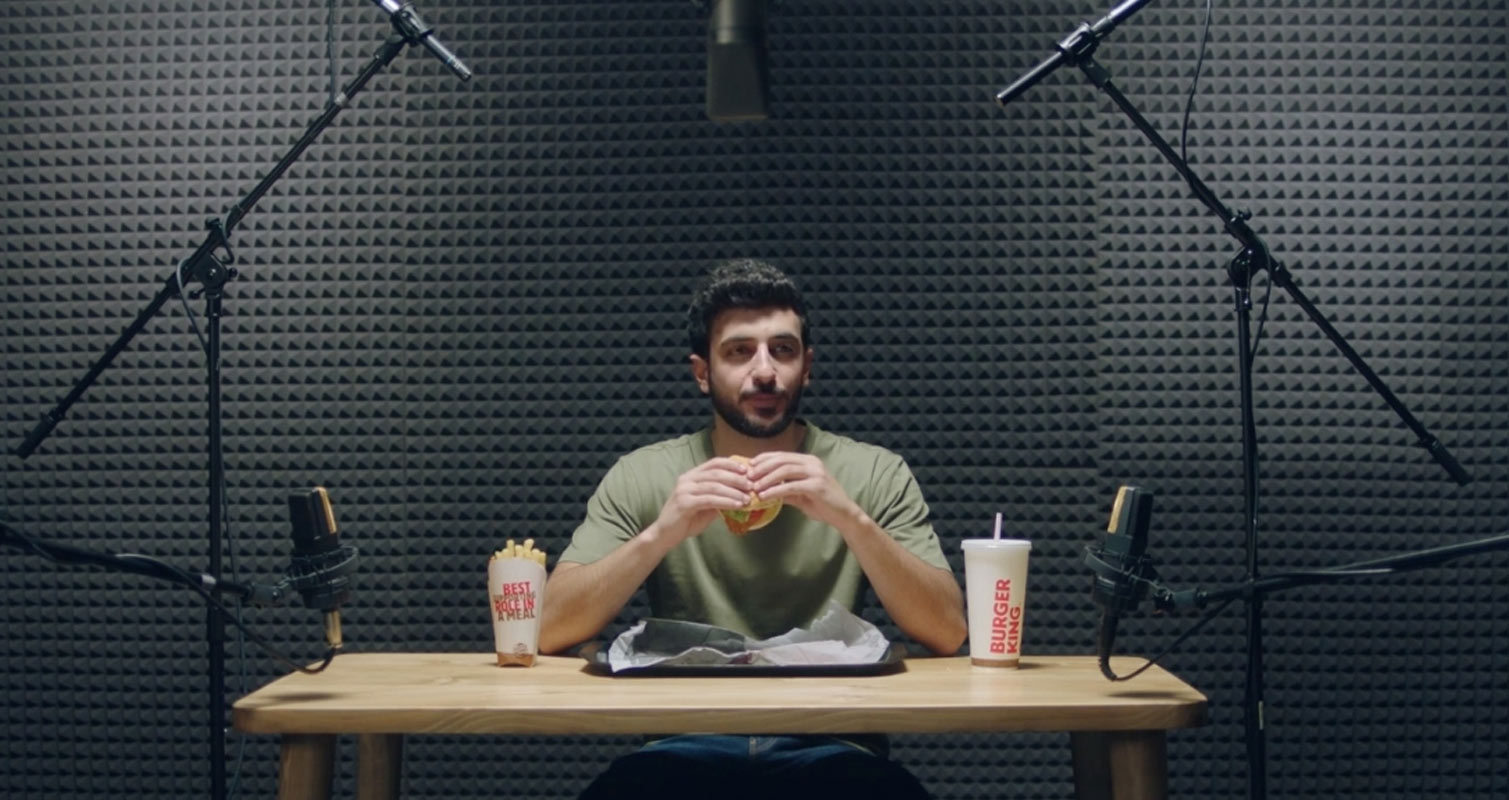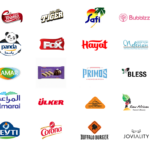The internet is full of strange and odd pleasures, and one of the newer hidden secrets of the web are ASMR videos. A fast-growing community of ASMR content creators have been feeding a new type of entertainment; silent background, hushed whispers and the sounds of soft scrapping or tapping are elements you’ll find in an ASMR video, a sensory experience aiming to pleasure the senses that has been said to make the brain “tingle.”
For those that don’t know much about ASMR (Autonomous Sensory Meridian Response), Burger King Arabia’s newest ad will make sense of it all.
ASMR has been explained as “the experience of tingling sensations in the crown of the head, in response to a range of audio-visual triggers such as whispering, tapping, and hand movements.” Simply, the sounds trigger pleasurable feelings in some viewers, and that is exactly what Burger King did with their newest campaign for the launch of their new Crunchy Chicken Fillet.
- Advertisement -
But how can Burger King and other brands play with ASMR?
Using Sound to Trigger Thirst and Hunger
The sounds recorded in the ad, particularly the loud crunch of Burger King’s sandwich, all play a role in reminding consumers of that warm mouthwatering feeling when we get something yummy. This also helps the brand associate both the new sandwich to a satisfying experience, whether by sound or by imagined taste.
Although playing up the sounds of food, such as the fizzing of soda, have been long part of the FMCG and Fast Food industry ad playbook, they are usually never used in the same extremely detailed way that Burger King did for their ASMR ad.
For example, we see tactile content as an emerging type in today’s content landscape. We can see many brands start to embrace content that make you imagine the feeling, smell and even taste of what is being seen or heard.
Coca Cola had a great ad earlier this year also displaying their take on ASMR/tactile content.
 Just last year, KFC UK released this funny take on sound design and ASMR.
Just last year, KFC UK released this funny take on sound design and ASMR.
Let’s play Burger King’s ad again.

You heard it, didn’t you? And that is the power of strong and well-made ASMR/tactile content. It isn’t just brands in the FMCG and food industry, IKEA also played with ASMR a few years back which led to 27% more sales on the type of products shown in the ad.
For Burger King’s new product launch, a 45 second spot was released in select VOX IMAX theaters in Riyadh and Dubai, using the newly upgraded 7.1 Dolby Surround Sound and IMAX screen technologies to their advantages.
According to a press release, “Expert input from a neurologist led the team to incorporate the IMAX theatre and 7.1 Dolby Surround Sound within the execution and roll out, enabling more intense audio-visual stimulation and appreciation of the message…”
This means that when brands think of ASMR, they must have a clear vision of how the videos will be heard. Asking for consumers to wear headphones or headsets, playing in select theaters that enhance the sounds and ensuring ads don’t appear in noisy locations are things marketers will have to think of when playing with ASMR.
Brands and ASMR: Enchanting the Senses
Brands around the world have already been taking advantage of the ASMR phenomenon, but Burger King is one of the first trendsetters in MENA to use it.
The ASMR experience allows brands to use traditional and digital media in a more immersive manner. It is a new way to connect, to build emotional and physical (through sensations) bonds with people. It also gives marketers a new method of targeting people, not just by demographics and psychographics, but by how people experience the message.
In a regional market fully saturated with loud and ornate video and ad offerings, maybe toning it down to captivate the senses rather than overwhelm it will help brands break through the clutter.
However, not many brands can play with ASMR as it requires very unique sounds and attitudes. Brands should also remember that not everyone will get their brain “tingled,” and ASMR may alienate consumers that don’t understand or don’t feel anything so it is important to ensure you still have something relatable or interesting in your ad to captivate them.
What do you think about brands using ASMR? Are you captivated?








